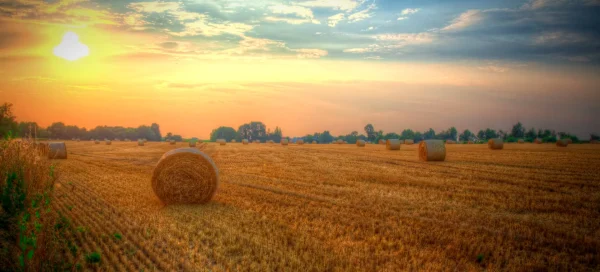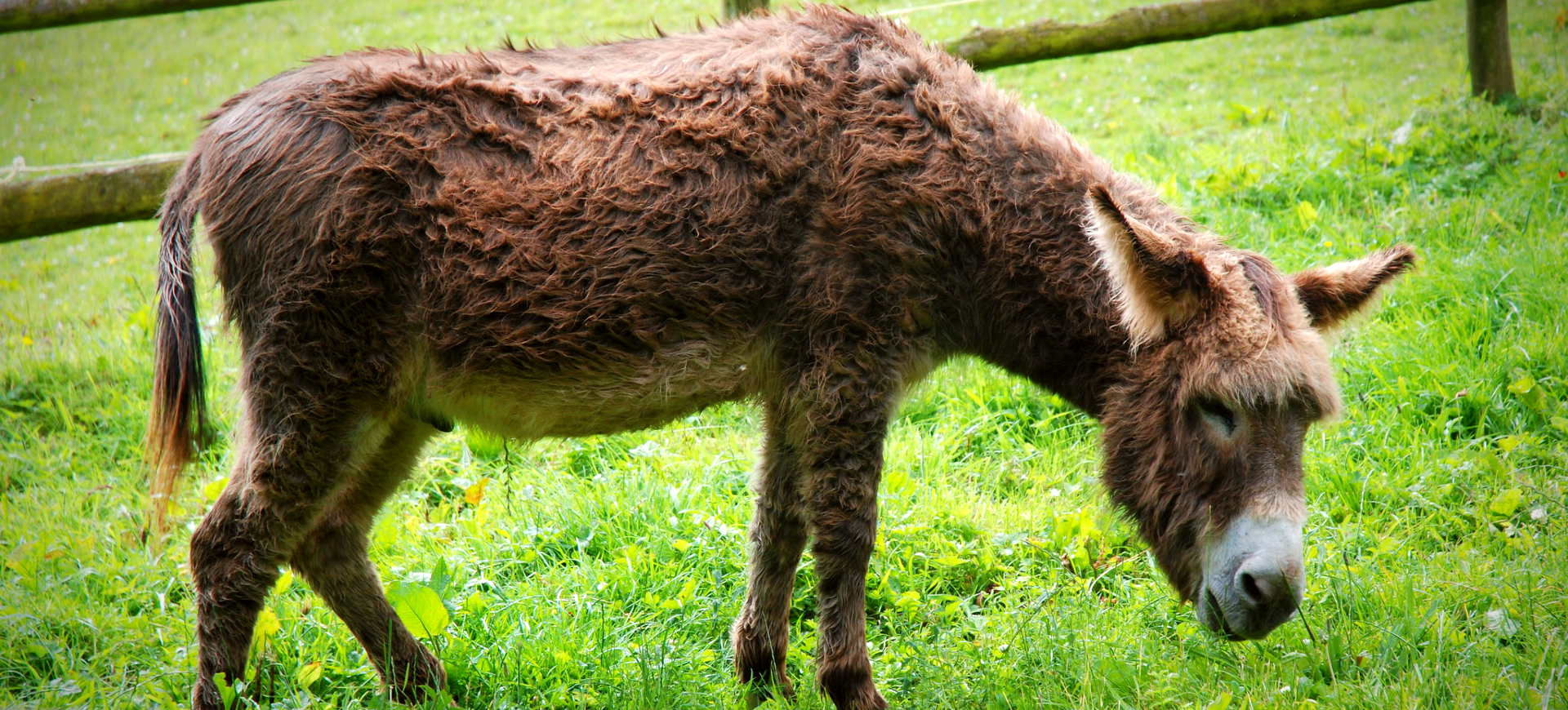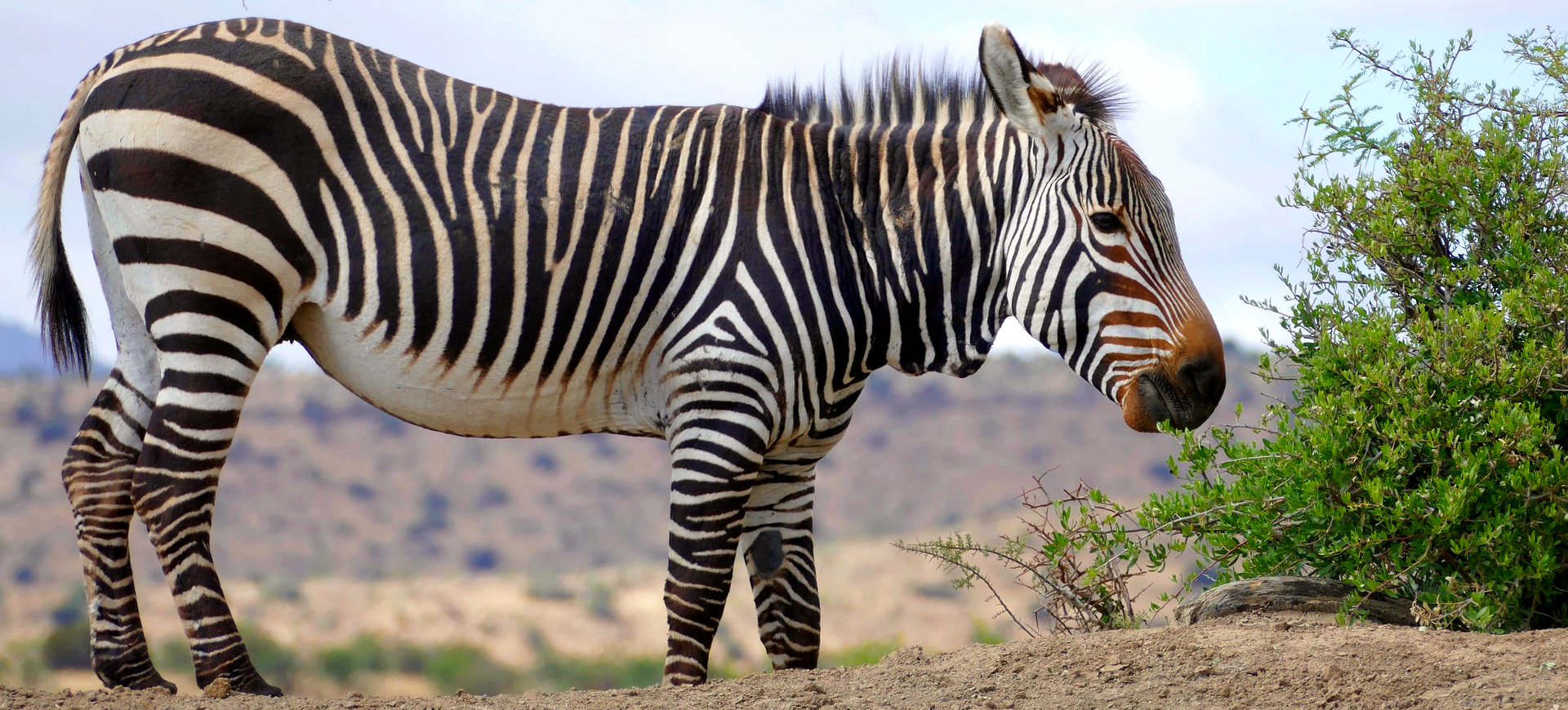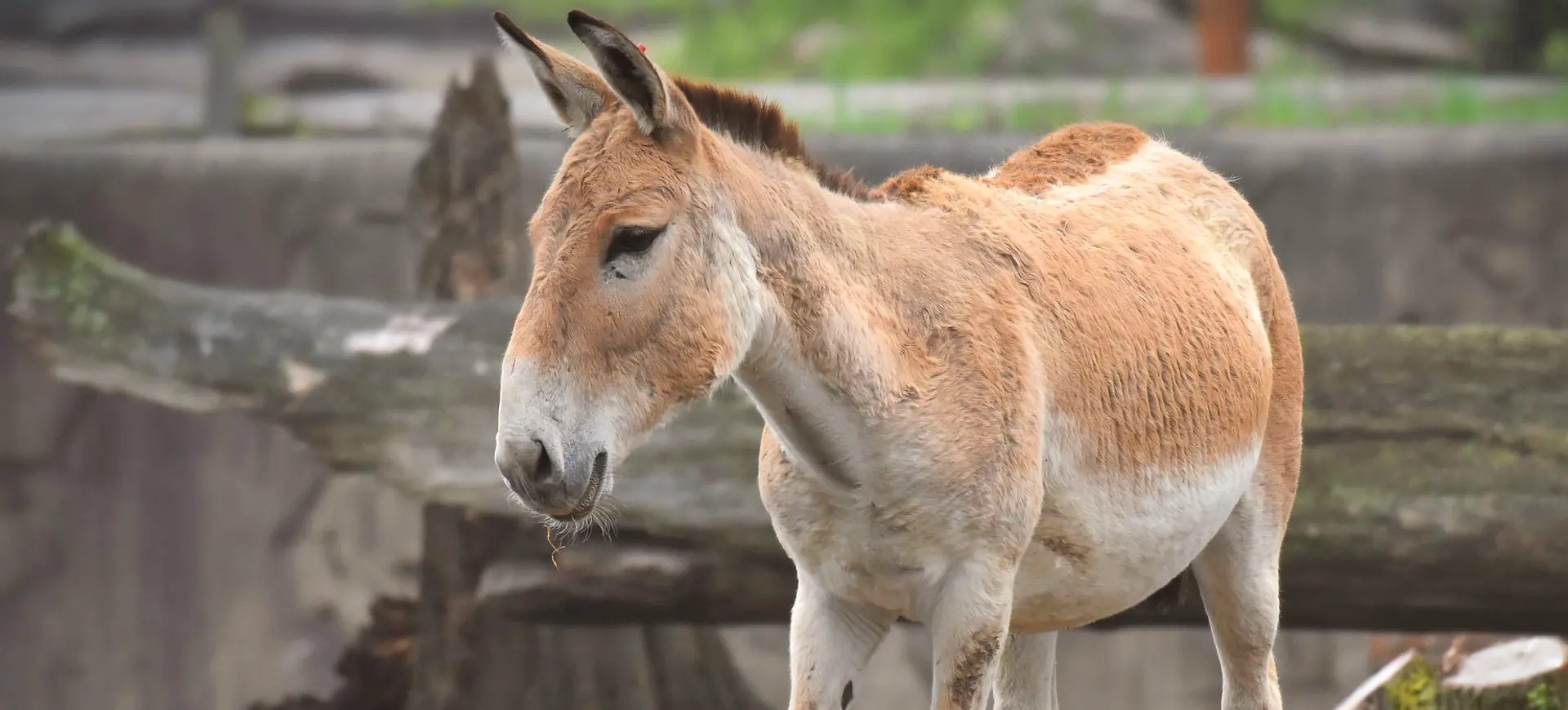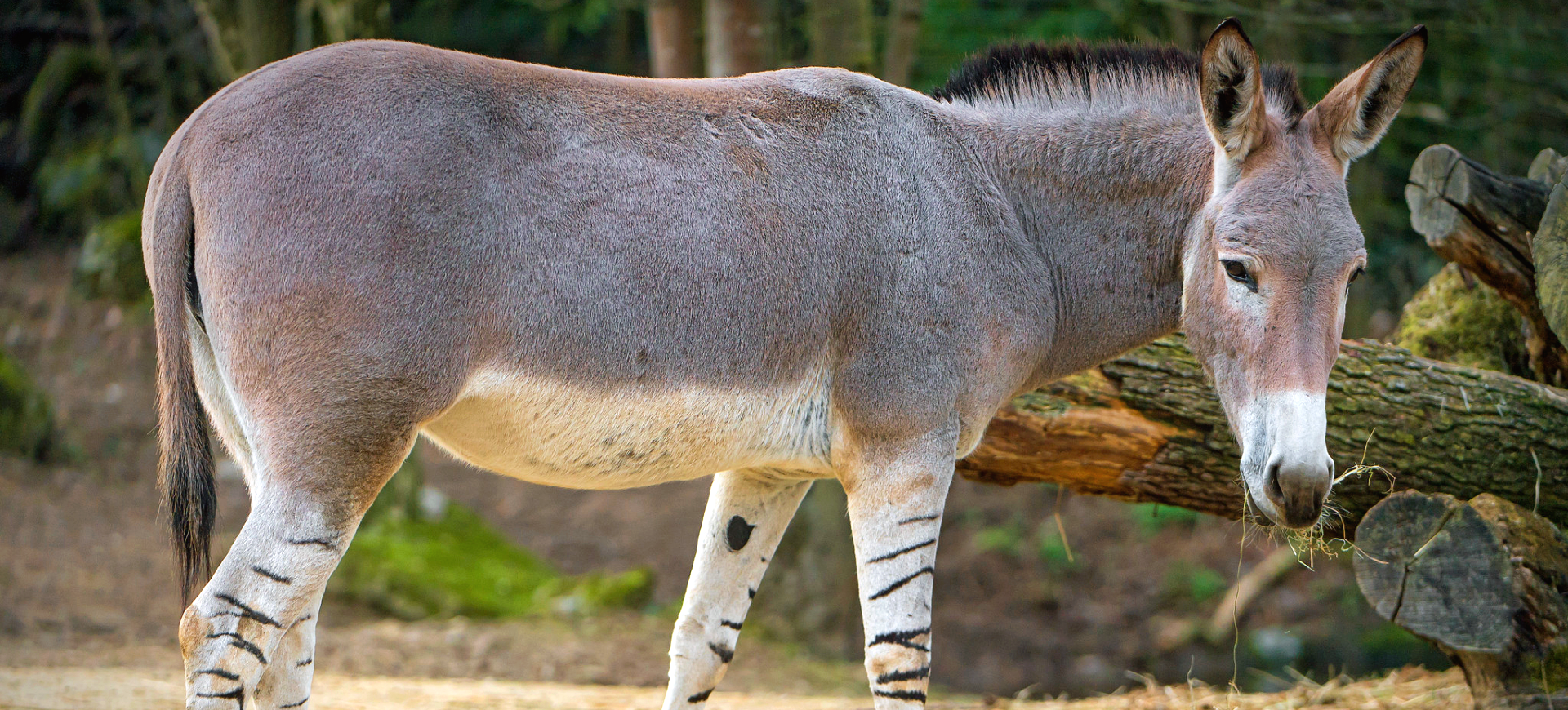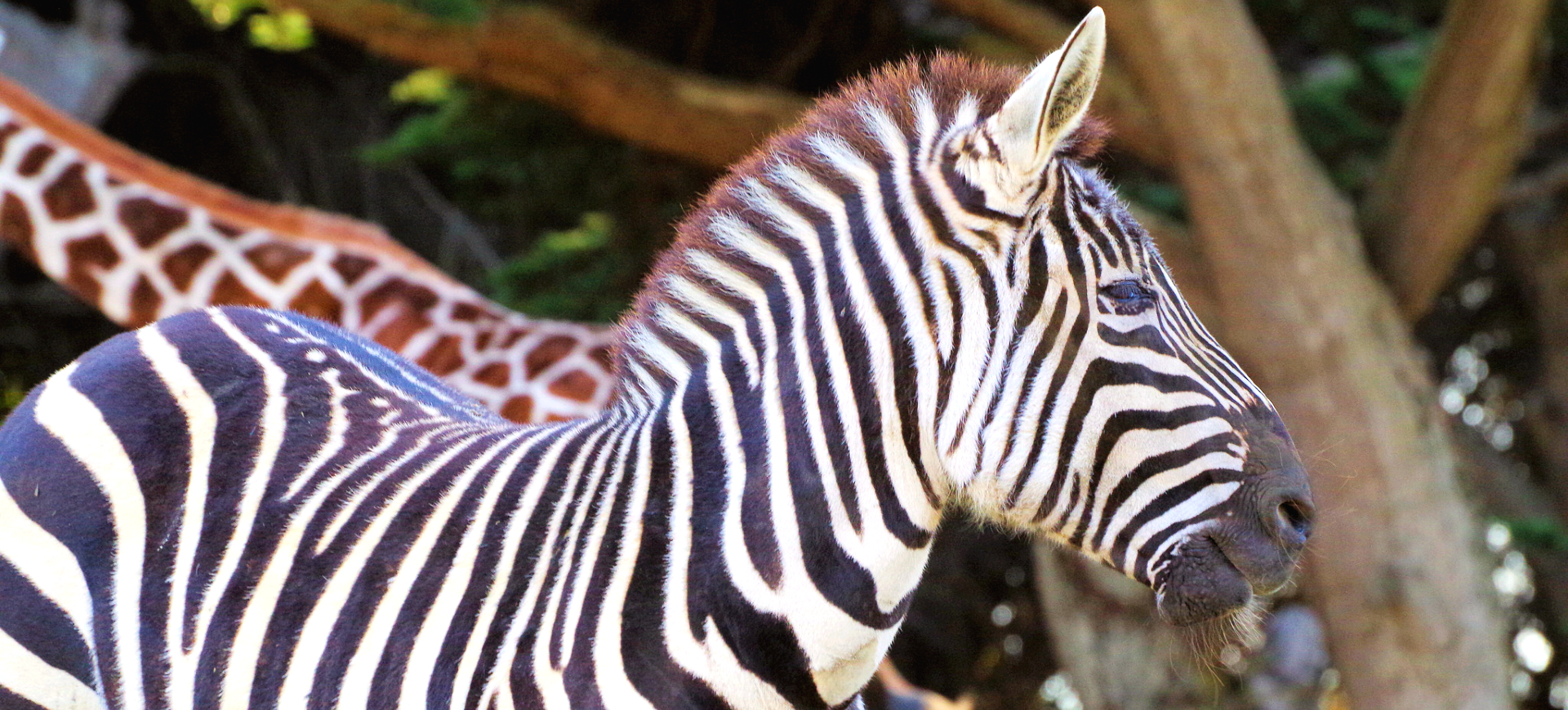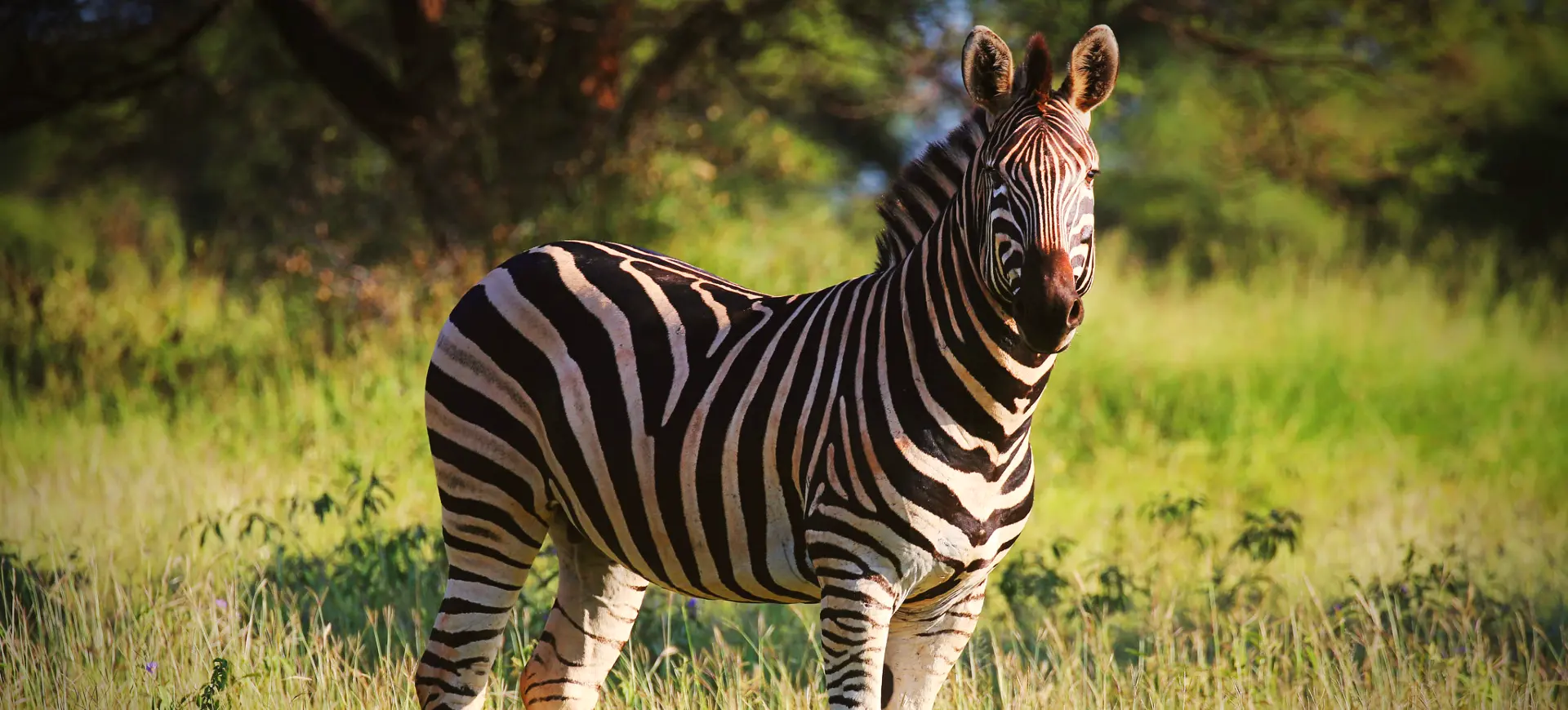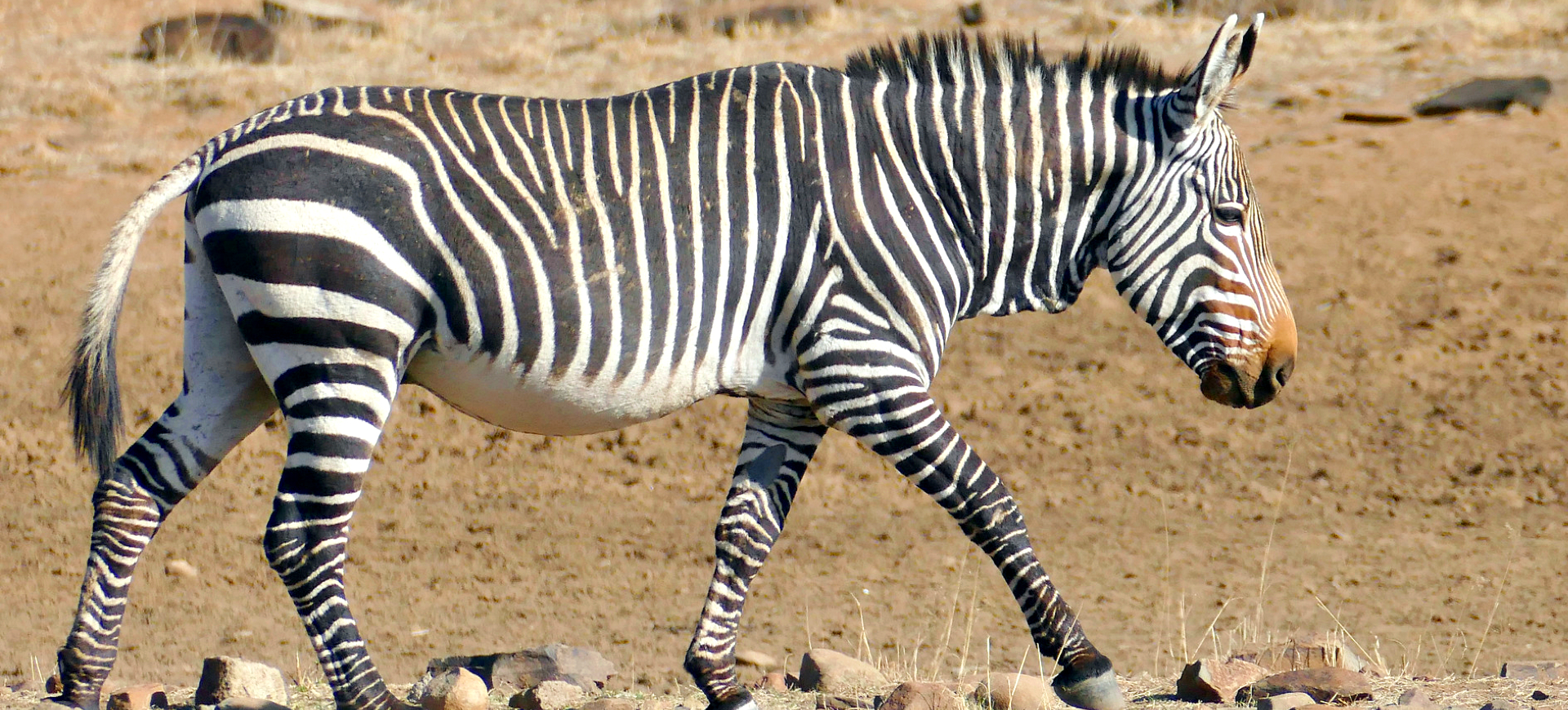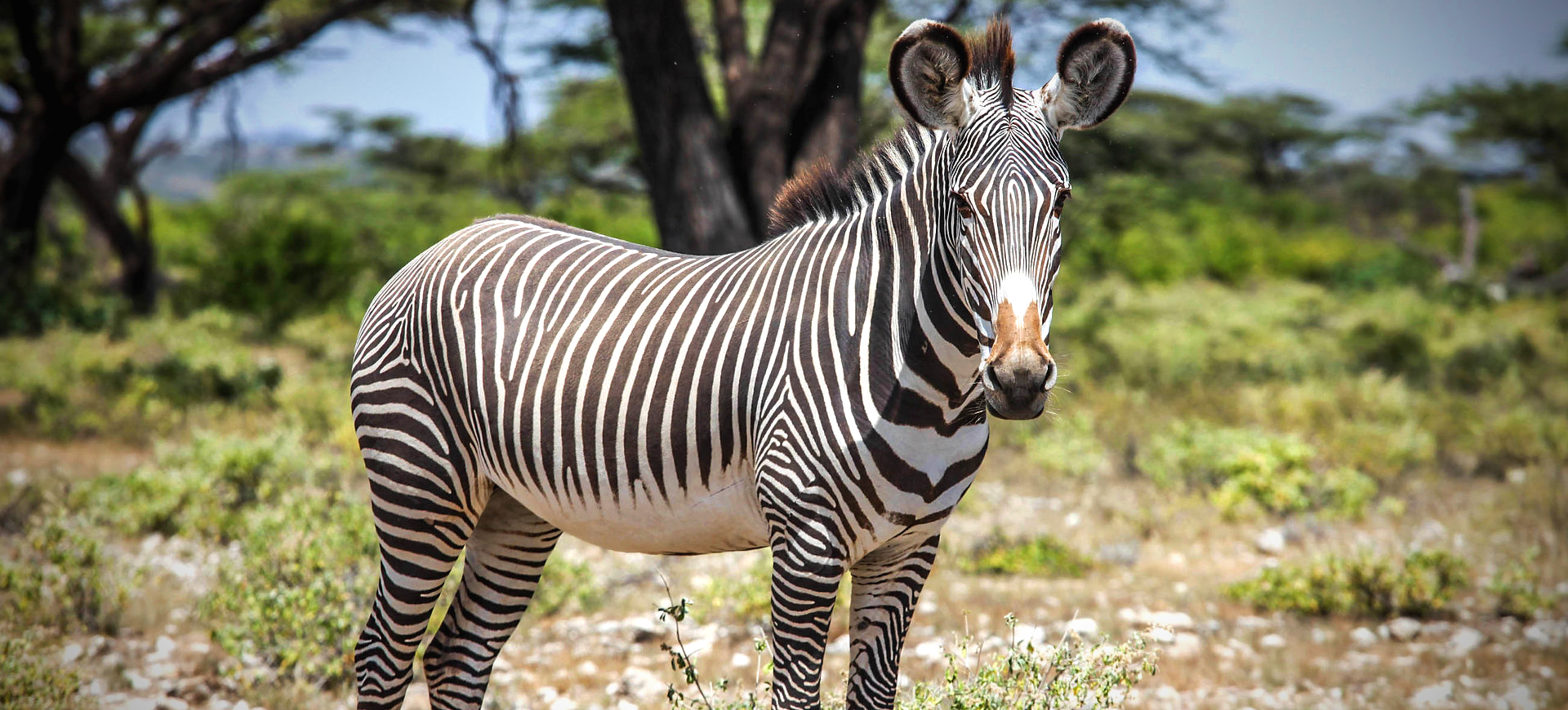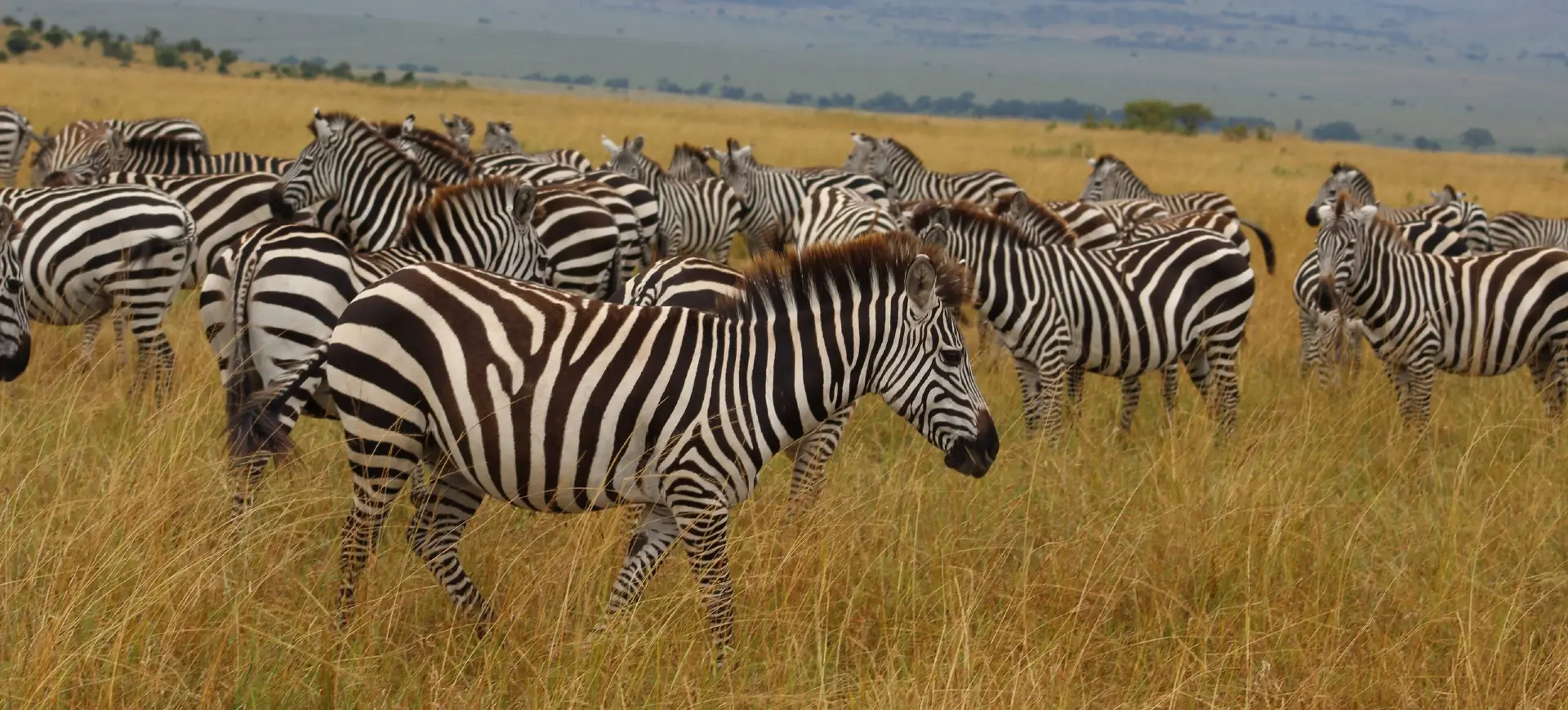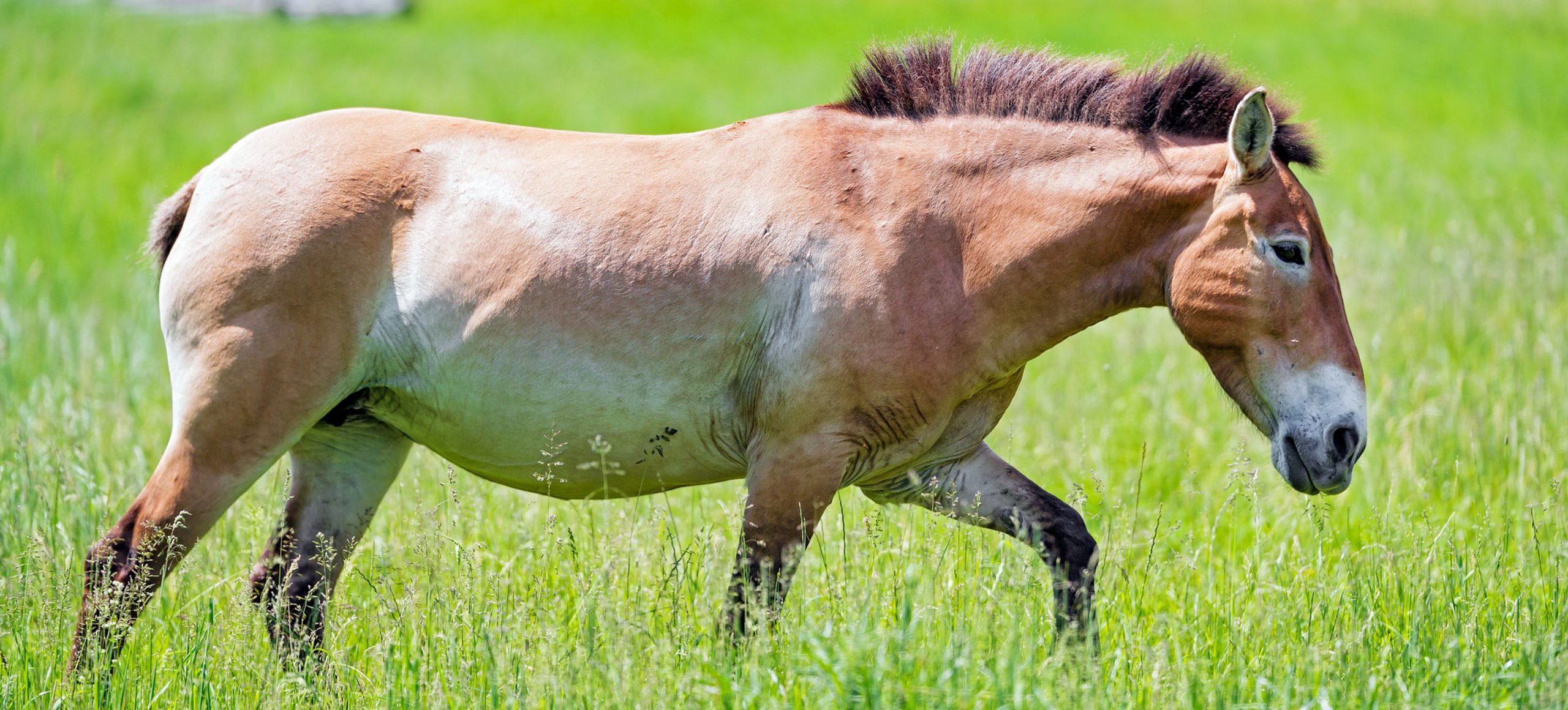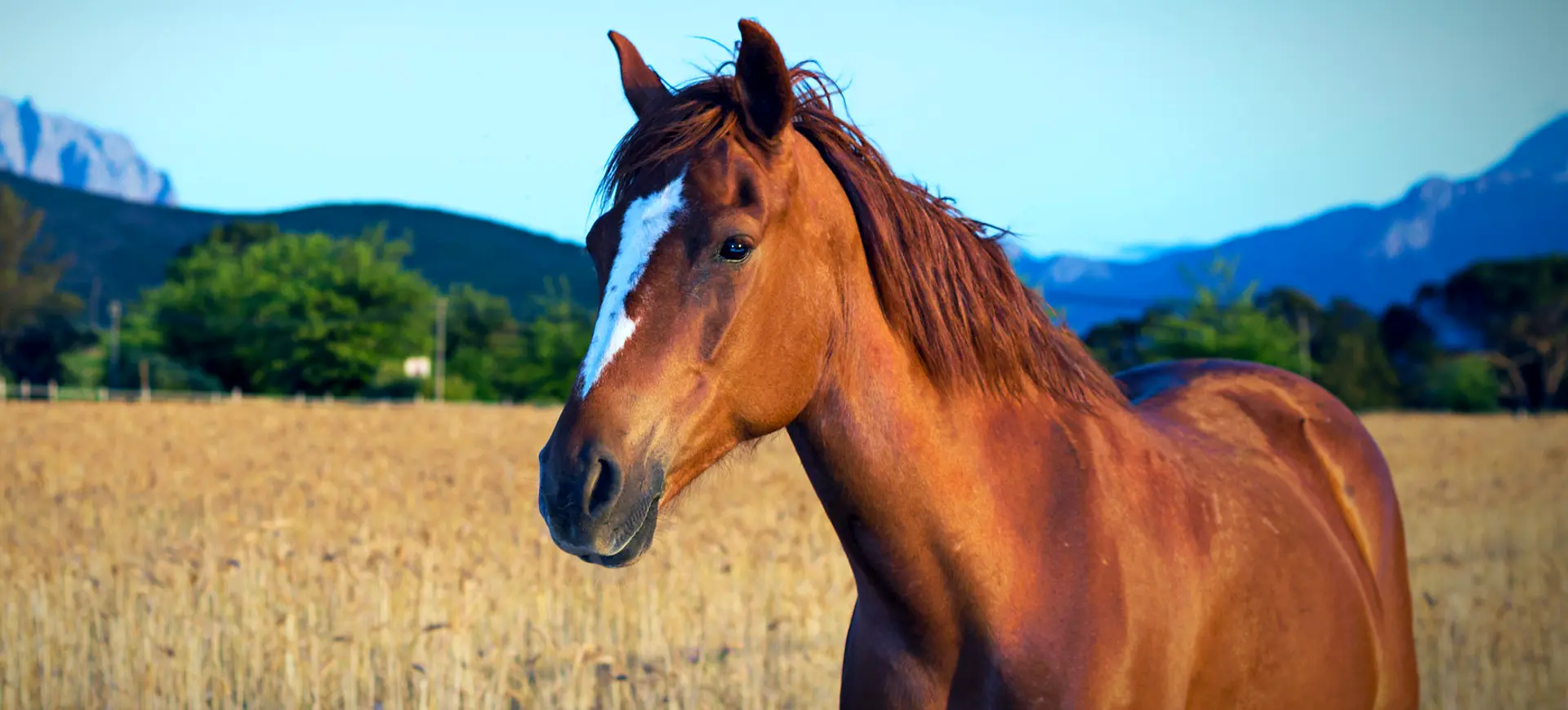Overview
The domestic donkey, known scientifically as Equus asinus, is a horse family member. Originating from Africa, donkeys were domesticated around 5,000 years ago and have since spread globally. Characterized by their long ears, braying call, and sturdy build, donkeys are distinguished from horses by their patience, strength, and hardiness. They have been used for transportation, carrying goods, and agriculture, which plays a significant role in human civilization.
Donkeys vary in size based on breed, but all tend to have a stocky body, a long face, and a short mane. Their coat color ranges from white to gray to brown, often with a darker stripe down the back and across the shoulders. Adapted to harsh environments, they have tough digestive systems and can survive on less nutritious food than horses. This adaptability has made them valuable in arid regions where they can carry heavy loads over long distances.
Social animals by nature, donkeys typically form bonds with other donkeys and, in domestic settings, with their human handlers. They are known for their intelligence, cautious nature, strong memory, and ability to recognize areas and other animals after many years. Contrary to popular belief, donkeys are not stubborn; they are cautious, often making them seem uncooperative.
Taxonomy
Kingdom
Phylum
Class
Order
Family
Genus
Species
Type
Physical Description:
Donkeys have a distinctive appearance: compact, sturdy body, long ears, and a tufted tail. Their coat is typically coarse and can vary in color, mostly gray, brown, or black, and often a lighter belly and muzzle. They have a short, erect mane, and their tail ends in a tassel of longer hair. The head is typically long and narrow with a straight profile, and their eyes are set so they can see all four of their feet, aiding in navigating rough terrain.
Adult donkeys vary greatly in size, ranging from the small Miniature Mediterranean breeds to the large American Standard or Mammoth breeds. Their strong, compact bodies are well-suited to carrying heavy loads. Their hooves are smaller and rounder than horses’, adapted to traversing rocky terrain. Despite their size, they are quite agile and sure-footed.

Lifespan: Captivity: ~40 Years

Weight: Male: 400-570 lbs (180-260 kg) || Female: 400-570 lbs (180-260 kg)

Length: Male: 65-85 inches (165-215 cm) || Female: 65-85 inches (165-215 cm)

Height: Male: 31-63 inches (80-160 cm) || Female: 31-63 inches (80-160 cm)

Top Speed: 30 mph (48 km/h)
Characteristic:
Native Habitat:
Donkeys are native to arid and semi-arid areas of northeastern Africa, where they evolved to survive in harsh environments. They are well-adapted to areas with scarce food and water, such as deserts and scrublands. Their hardiness in these environments has made them invaluable to humans living in similar climates.
With their domestication, donkeys have been introduced to a wide range of habitats worldwide. They can adapt to different environments, from hot, dry regions to cooler, more temperate areas. However, they still prefer a dry climate and open spaces to graze and forage effectively.
Climate Zones:
Biomes:
Biogeographical Realms:
Continents:
Countries:
Diet:
Diet & Feeding Habits:
Donkeys are herbivores with a diet mainly consisting of grasses and other vegetation. They are adapted to survive in harsh environments with limited food. In the wild, they spend much of their day foraging for food, often traveling long distances for adequate grazing. Their highly efficient digestive system allows them to extract moisture and nutrients from poor-quality forage.
In a domestic setting, donkeys are often fed hay and may also receive supplements or grains, especially if used for work or if pregnant. It’s important to manage their diet carefully as they can easily become overweight. Fresh water access is essential, as donkeys can drink up to 25 liters of water per day, depending on the climate and their activity level. Overfeeding, especially with rich foods like grains, can lead to health issues such as laminitis and obesity.
Mating Behavior:
Mating Description:
Donkeys have a polygynous mating system, where a single male (jack) mates with several females (jennies). The breeding season can vary depending on the climate but generally occurs in warmer months. During mating season, males become more vocal and may show signs of aggression as they compete for females.
The gestation period for a donkey is about 12 months, one of the longest of any domesticated animal. Jennies usually give birth to a single foal, although twins are rare. Newborns are precocial, able to stand and nurse quickly after birth. The mother and foal form a close bond, with the foal dependent on the mother for nourishment and protection for several months.
Reproduction Season:
Birth Type:
Pregnancy Duration:
Female Name:
Male Name:
Baby Name:
Social Structure Description:
Donkeys are social animals and prefer to live in groups. In the wild or feral populations, they form loose herds, typically consisting of females and their young, led by a dominant male. These herds are not as tightly knit as horses, but they provide social interaction and protection.
In domestic settings, donkeys often bond with other donkeys or, in their absence, with other farm animals. They are known to form strong, lifelong bonds with particular individuals, whether donkey or human. Social interactions, including mutual grooming and vocalizations, are important for their mental well-being.
Groups:
Conservation Status:
Population Trend:
As domesticated animals, the population of donkeys is directly tied to human activities. They are widely distributed worldwide, with significant populations in developing countries using them for work and transport. In developed countries, donkeys are often kept as pets or for small-scale agricultural use.
The wild donkey population is difficult to determine as most are domesticated or feral. Feral populations, such as North America and Australia, have adapted to their environments but can face habitat loss and competition with native species. Conservation efforts for these populations focus on managing their numbers and impact on the ecosystem.
Population Threats:
The primary threats to donkeys are related to their role as working animals in developing countries. Overwork, poor living conditions, and lack of veterinary care are common issues. In some regions, they are also threatened by the mechanization of agriculture and transportation, leading to a decline in their traditional roles.
Feral donkeys face threats from habitat loss, competition with native species, and sometimes culling efforts to control their populations. Invasive species management can also impact feral donkey populations, as they are often targeted due to their impact on native ecosystems.
Conservation Efforts:
Conservation efforts for donkeys are primarily focused on improving welfare standards for working animals. This includes education and training for owners on proper care and handling and access to veterinary services. International organizations work to improve the living conditions of donkeys in developing countries, recognizing their vital role in local economies and societies.
Management strategies aim to control their numbers while minimizing harm in areas with feral donkey populations. These strategies may include relocation, fertility control, and, in some cases, humane culling. Conservationists balance the need to protect native ecosystems with the welfare of the donkeys.
Additional Resources:
Fun Facts
- Donkeys have excellent hearing, which is why their ears are so large.
- They are known for their incredible memory and can remember places and other donkeys they met years ago.
- Contrary to popular belief, donkeys are not stubborn; they are cautious, which can be mistaken for stubbornness.
- A donkey’s bray can be heard from over three kilometers away under the right conditions.
- Donkeys are used worldwide as sheep, goats, and cattle guard animals.
- The lifespan of a donkey is significantly longer than most other farm animals, often living over 30 years.
- In many cultures, donkeys are symbols of patience, endurance, and humility.
- They can carry heavy loads relative to their size, up to 30% of their body weight.
- Donkeys are crucial in soil management and seed dispersal through grazing habits.
- The cross on a donkey’s back, formed by a stripe of darker fur along the spine and shoulders, is a distinctive and well-known feature of the breed.





